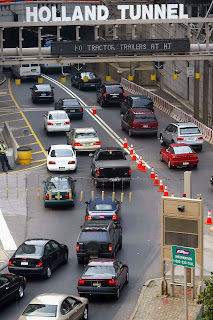The Central Park Lake, in conjunction with the Ramble, creates an essential part of the "Greensward" design plan created by Frederick Law Olmsted and Calvert Vaux when designing the initial features of what would become Central Park.
What is now a stunning and picturesque 18-acre lake was once nothing more than a large, untamed swamp. After its excavation in 1857, the Lake was opened for its first winter of ice-skating in 1858. Until 1950, the Lake was used for ice-skating during the winter months and boating in the summer. After 1950, however, the skating rink was officially closed, allowing the Lake's former wildlife inhabitants to take up residence there once more. As such, the Lake is now an excellent location for bird watching, where one can spot swans, ducks, and even the occasional egret or heron.
The second largest man-made body of water in the Park, the Lake provides wonderful opportunities for viewing its abundant flora and fauna from rowboats, which are available for rent during the spring and summer months at the Loeb Boathouse. Aside from taking a boat, other options for nature sightseeing include taking a Venetian-style gondola ride around the Lake, or simply walking along the shore.
Like many other Park attractions, the Lake was also restored by the Central Park Conservancy. It was reopened to visitors in 2008. The Lake is a sight not to be missed if you're in the mood for a calming boat ride through bamboo patches, bridges, and natural splendor in the Park.




























.jpg)













